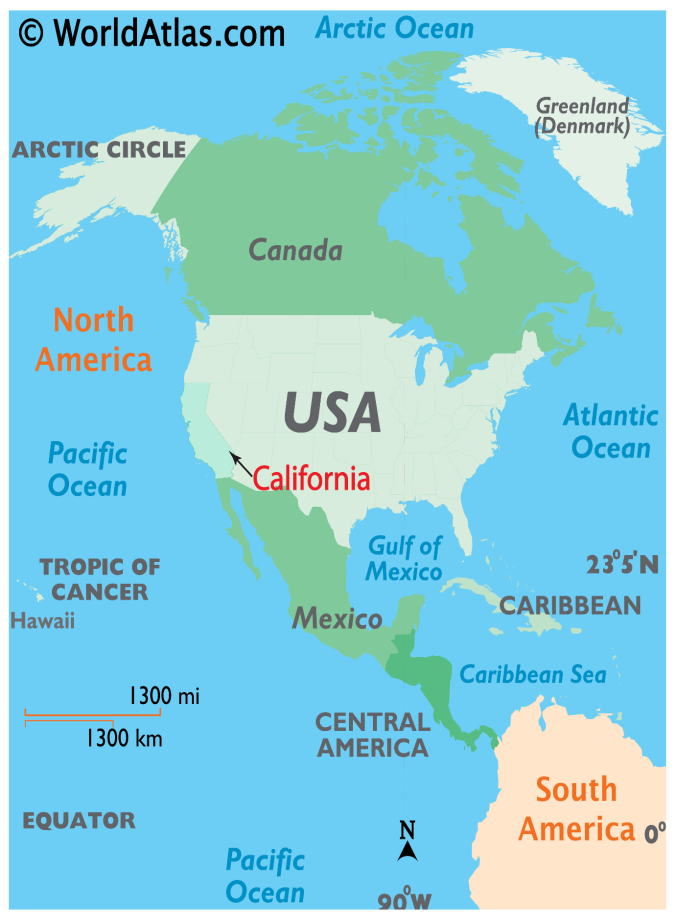California Enacts Anti-Deepfake Laws for Political Ads
Why in the news?
Governor Gavin Newsom signed three bills to combat deep fakes in political advertising, aiming to enhance election integrity and address misinformation ahead of upcoming elections.
California’s New Anti-Deepfake Legislation:
- California Governor Gavin Newsom signed three bills on September 18 to combat deep fake content in political ads, following a controversial deep fake video of Vice President Kamala Harris by Elon Musk.
- The legislation prohibits the distribution of election-related ads containing “materially deceptive content,” including deep fakes. It includes:
-
- AB 2655: Requires large online platforms to block and label deceptive election-related content during specified periods.
- AB 2839: Expands the duration during which deceptive ads cannot be distributed.
- AB 2355: Mandates disclosure that AI or altered content has been used in electoral ads.
Goals and Challenges:
- Newsom emphasised the importance of safeguarding election integrity and preventing disinformation. The bills aim to bolster public trust in the electoral process.
- The laws mainly affect California and build on existing regulations against altered media. However, questions remain about enforcement and penalties for non-compliance.
Industry and Public Reactions:
- While some AI companies have implemented measures to limit deepface creation, Musk continues to defend his deep fake content under the guise of parody.
- The effectiveness of the new regulations will be tested in the lead-up to the upcoming U.S. elections, with potential legal consequences for repeated violations, particularly for platforms like X.
What are Deepfakes?
- Definition: Synthetic media using AI to manipulate or generate audio/visual content to deceive.
- Origin: Gained attention in 2017 with explicit celebrity videos on Reddit.
Creation Process:
- Technique: Created using Generative Adversarial Networks (GANs) involving a generator and a discriminator.
- Data Requirement: Requires extensive data (photos/videos) of source and target individuals, often collected without consent.
Uses of Deepfake Technology:
- Film Dubbing: Enables realistic lip-syncing for multilingual films.
- Education: Recreates historical figures for engaging lessons.
- Art: Serves as a creative tool for artistic expression.
- Public Safety: Assists in training for emergency responders.
- Innovation: Promotes new storytelling and marketing methods.
Global Approaches to Combat Deepfakes
India:
- No specific laws regulating deepfake technology.
- Calls for a global framework on ethical AI tools.
- Existing laws (IT Act, IPC) address defamation and explicit content.
- Digital Personal Data Protection Act, 2023, offers data misuse protections.
- IT Rules, 2021, mandate removal of impersonating content within 36 hours.
- Need for a comprehensive legal framework targeting deepfakes.
Global Initiatives:
- AI Safety Summit 2023: 28 countries emphasise global action against AI risks.
- Bletchley Park Declaration: Recognizes risks of AI misuse.
- GPAI Summit: Adoption of the New Delhi Declaration for trustworthy AI.
Regional Regulations:
- EU: Code of Practice requires tech companies to counter deepfakes; fines up to 6% for non-compliance.
- US: Bipartisan Deepfake Task Force Act aids in countering deepfake tech.
- China: Regulations require labelling and traceability of deep synthesis content.
Tech Company Responses:
- Meta and Google implement measures against deepfakes, but vulnerabilities exist.
- Google introduces watermarking and metadata tools for synthetic content identification.
Associated Article:
https://universalinstitutions.com/deepfakes-paid-and-fake-news/




